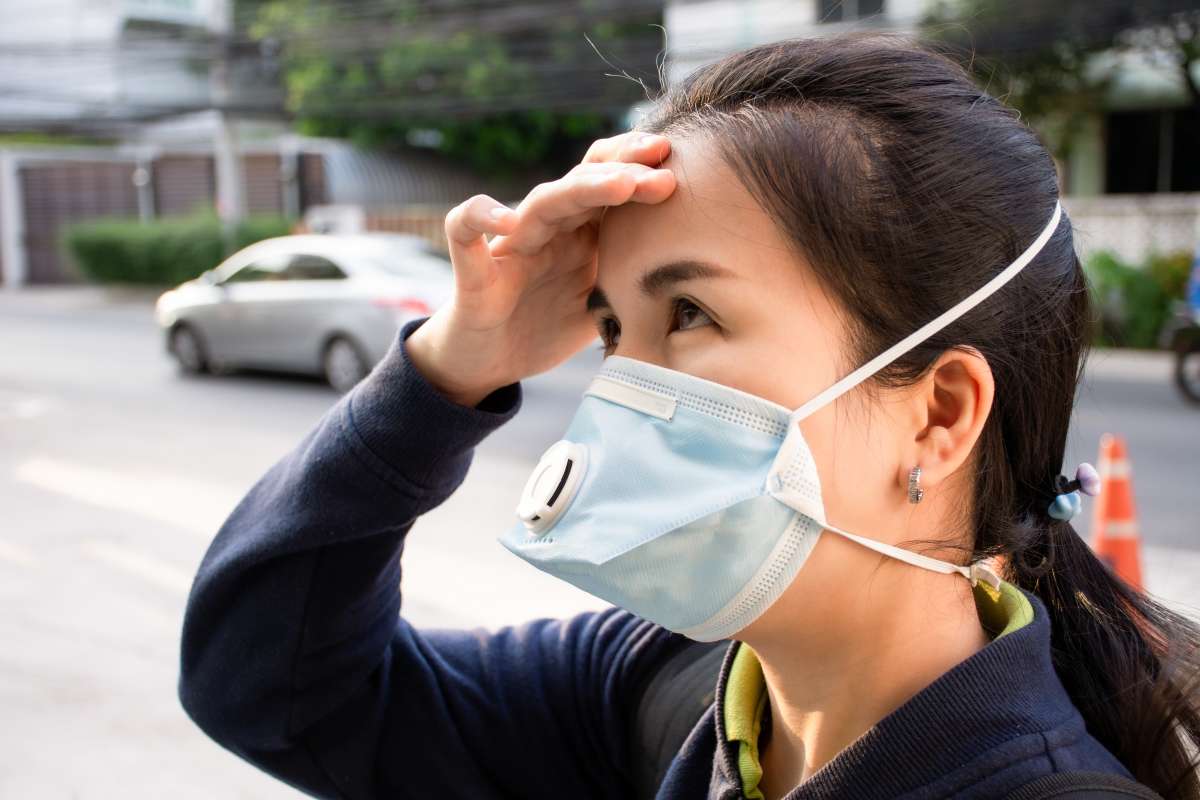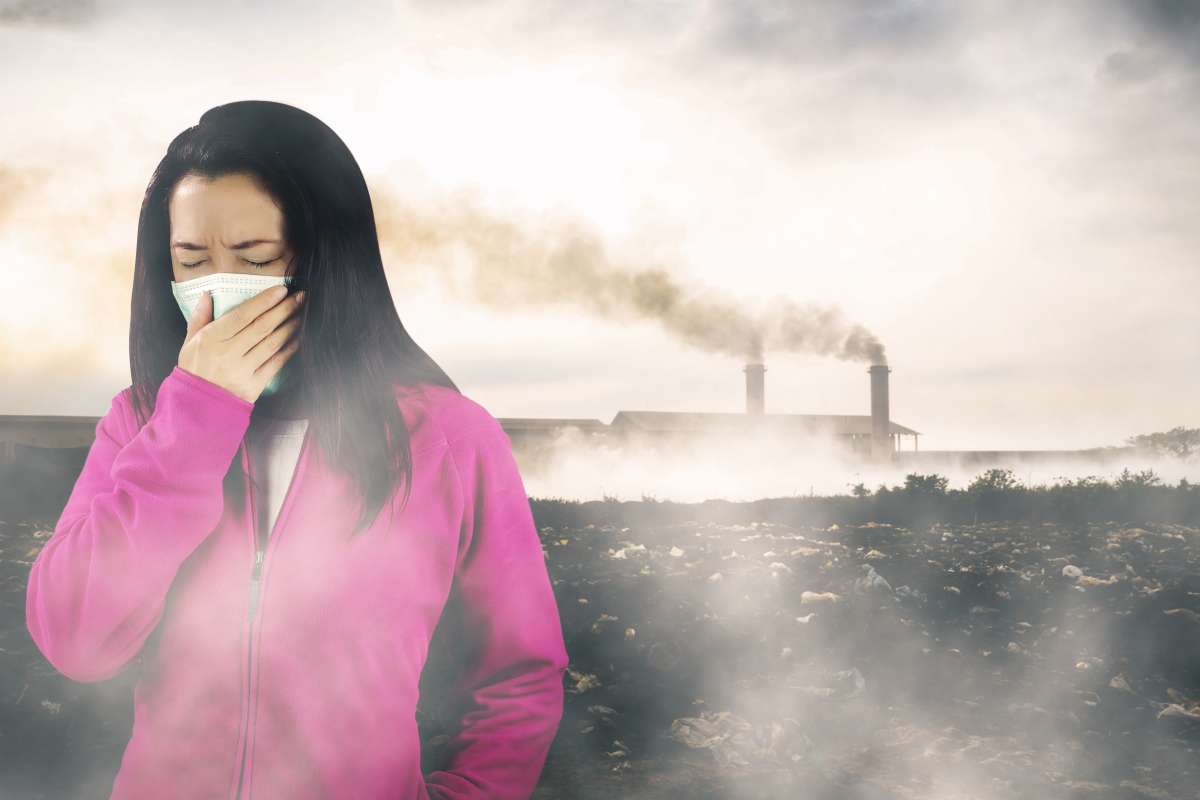The external environment significantly influences the delicate dance of fetal development within the protective confines of the womb. As we look into the complex interplay between maternal exposure to environmental toxins and its impact on the developing fetus, a nuanced understanding emerges. This exploration goes beyond mere acknowledgement, aiming to examine the multifaceted aspects of the effects of maternal exposure to environmental toxins on the fetus. Unraveling the complex web of sources, routes, and consequences, we navigate the world of vulnerability. We also look at the long-term effects on the unborn child’s neurological, reproductive, and respiratory health.
The effects of maternal exposure to environmental toxins on the fetus can be concerning and adversel. When pregnant individuals are exposed to pollutants, such as heavy metals, pesticides, or air pollutants, these harmful substances can cross the placenta and reach the fetus. This exposure can lead to a range of complications, including developmental delays, congenital disabilities, low birth weight, and preterm birth. Some toxins may disrupt the endocrine system, potentially affecting hormone regulation in the developing baby. Moreover, the impact of environmental toxins on the fetus may extend beyond birth, contributing to long-term health issues and developmental challenges. Minimizing exposure to such toxins through lifestyle changes and ecological precautions is essential during pregnancy to safeguard the mother’s and unborn child’s health and well-being.
1. Understanding Maternal Exposure to Environmental Toxins
a. Sources of Environmental Toxins
Environmental toxins lurking in our daily lives arises from diverse sources. Air pollution, water contaminants, and workplace exposures contribute to a complex landscape of potential risks. Understanding these sources is significant in recognizing the avenues through which maternal exposure can occur and, subsequently, impact the developing fetus.
b. Routes of Maternal Exposure

Maternal exposure to environmental toxins is not a singular path but a confluence of inhalation, ingestion, and dermal contact. The complex fetal environment, seemingly shielded within the womb, is not bothered to the external world’s influences. Examining the routes of exposure highlights the interplay between environmental toxins and the delicate phases of fetal development.
Also read: Minimizing Risks Of Environmental Exposures In The First Trimester
2. Impact on Fetal Development
a. Developmental Vulnerability
The developing fetus undergoes a symphony of rapid growth and complex developmental stages, making it inherently vulnerable to external influences. Environmental toxins can disrupt these delicate processes, potentially leading to developmental abnormalities or long-term health issues for the child. Recognizing this vulnerability is crucial in navigating the potential risks associated with maternal exposure.
b. Critical Windows of Exposure

Specific periods during pregnancy, identified as critical windows of exposure, amplify the sensitivity of the developing fetus to environmental influences. Exposures during these windows can yeild a more pronounced impact on fetal development, underscoring the need for heightened awareness and protective measures during these crucial stages. This understanding becomes crucial in crafting strategies for minimizing risks during specific phases of gestation.
3. Neurological Effects on the Fetus
a. Cognitive Impairments
Neurotoxic substances, such as lead and mercury, implicated in maternal exposure to environmental toxins, pose a significant threat to the fetal brain. The consequences may manifest as cognitive impairments, contributing to intellectual deficits and learning disabilities in affected children. Unravelling the neurobiological complexities of these effects provides insights into potential preventive measures.
b. Behavioral Disorders

Environmental toxins have been implicated in the development of behavioural disorders in children, amplifying the urgency of understanding these consequences. Prenatal exposure to certain chemicals may elevate the risk of conditions like attention-deficit/hyperactivity disorder (ADHD) and autism spectrum disorders. This highlights the far-reaching implications of maternal exposure on the neurological development of the unborn child.
4. Reproductive Health Effects
a. Impact on Fertility
Environmental toxins affect reproductive health, impacting both male and female offspring. Endocrine-disrupting chemicals can disturb the delicate hormonal balance crucial for normal reproductive function, potentially influencing fertility outcomes for future generations. The link between maternal exposure and reproductive health sets the stage for understanding potential challenges in conceiving and maintaining a healthy pregnancy.
b. Long-term Reproductive Consequences

The consequences of maternal exposure to environmental toxins extend into the long-term landscape of reproductive health. Changes in reproductive organ development and function may manifest later in life, affecting fertility, hormonal regulation, and overall reproductive well-being. Acknowledging these potential long-term consequences emphasizes the need for proactive measures to reduce risks during fetal development.
5. Respiratory Consequences : Maternal Exposure To Environmental Toxins
a. Respiratory Developmental Issues
When encountered during prenatal development, air pollutants and environmental toxins may contribute to respiratory and developmental issues in the fetus. Conditions such as asthma and impaired lung function can arise from exposures that compromise the developing respiratory system. Understanding these consequences becomes instrumental in crafting strategies to safeguard respiratory health from the earliest stages of life.
b. Increased Risk of Respiratory Infections

Prenatal exposure to environmental toxins impacts respiratory development and may elevate the risk of respiratory infections in childhood. A weakened respiratory system due to prenatal toxin exposure renders the child more susceptible to infections. This also underscores the importance of maintaining a clean and toxin-free environment during pregnancy. This dual focus on development and defence becomes essential in nurturing optimal respiratory health in the offspring.
6. Mitigating Maternal Exposure Risks
a. Lifestyle Modifications
Pregnant individuals possess the agency to adopt lifestyle modifications that can minimize exposure to environmental toxins. Steering clear of smoking, reducing exposure to industrial pollutants, and opting for organic products are proactive measures that create a healthier fetal development environment. Empowering prospective parents with knowledge and tools for lifestyle modifications becomes a crucial aspect of minimizing exposure risks.
b. Environmental Policy Advocacy

The collective responsibility to reduce maternal exposure risks extends beyond individual actions to include advocacy for environmental policies and regulations. Supporting initiatives that aim to reduce pollution, limit the use of harmful chemicals, and enhance ecological standards contributes to a safer world for future generations. This broader, systemic approach addresses the root causes of environmental toxin exposure, building a global environment ideal to healthy pregnancies.
In the world of fetal development, the effects of maternal exposure to environmental toxins weave a complex narrative of challenges and responsibilities. An immediate call to action emerges as we navigate the complexities of vulnerability, critical windows, and potential long-term consequences. Safeguarding the developmental journey of the unborn child necessitates collective efforts, informed decisions, and advocacy for a cleaner, healthier environment. This exploration provides a guide for parents, doctors, and policymakers alike, offering insights into the far-reaching consequences. It also empowers individuals to create a world where every pregnancy unfolds in a supportive, toxin-free environment. The effects of maternal exposure to environmental toxins on the fetus show a commitment to building world where fetal development occurs in a protective environment.
